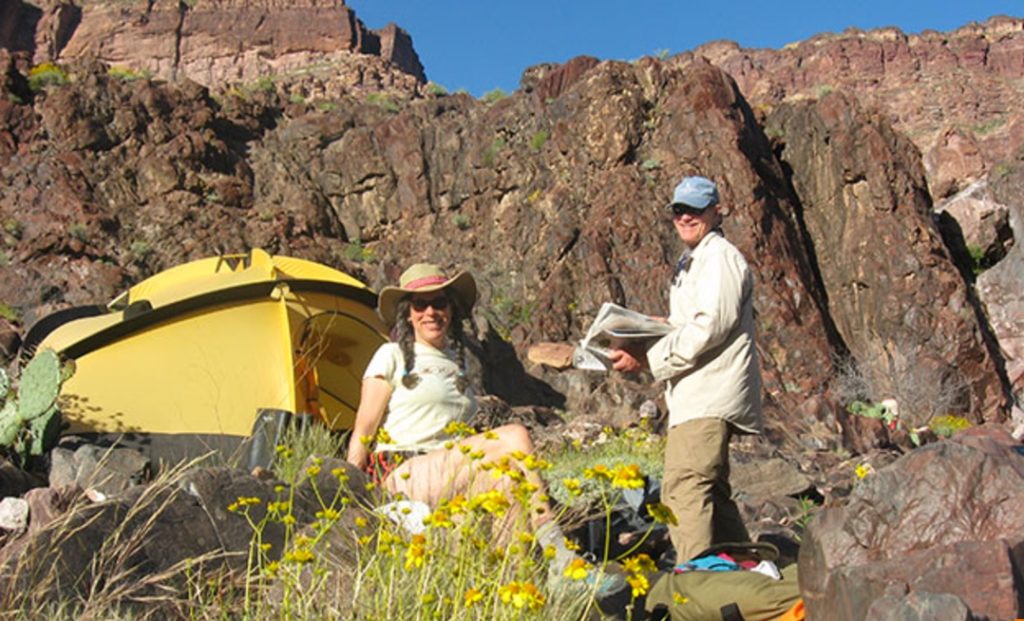Raise the River coalition partner Sonoran Institute celebrated Colorado River Day (July 25) this year by releasing this impressive 4-minute documentary about the fresh lagoons of the Colorado River estuary and the incredible, hard work being done by our teams there to restore this life-giving ecosystem.
Sonoran Institute teams coordinated the dredging of more than 6.7 miles of tidal channels, which took nearly two months to complete. They excavated with machinery, shovels, and lots of hands. These channels are essential as they bring in flowing water and revitalize estuary habitats. It’s a part of what we are doing to reconnect the river with the sea…
About Colorado River Day
Colorado River Day is celebrated each year on July 25th as a day when people come together across divides in support of maintaining a sustainable Colorado River. It was on this day in 1921 when Congress re-named the river from the “Grand” to the “Colorado”.
The Colorado River is at a crossroads. Demand on the river’s water now exceeds its supply. We need to bring the river back into balance in order to both sustain this lifeline of the West and to keep water affordable —and available — for people who need it. You can make a difference by reducing your water usage. Every small step, each conscious action to reduce, and sharing awareness can mean the difference in a brighter future for our Colorado River.
— Please watch and share! From Sonoran Institute/YouTube




